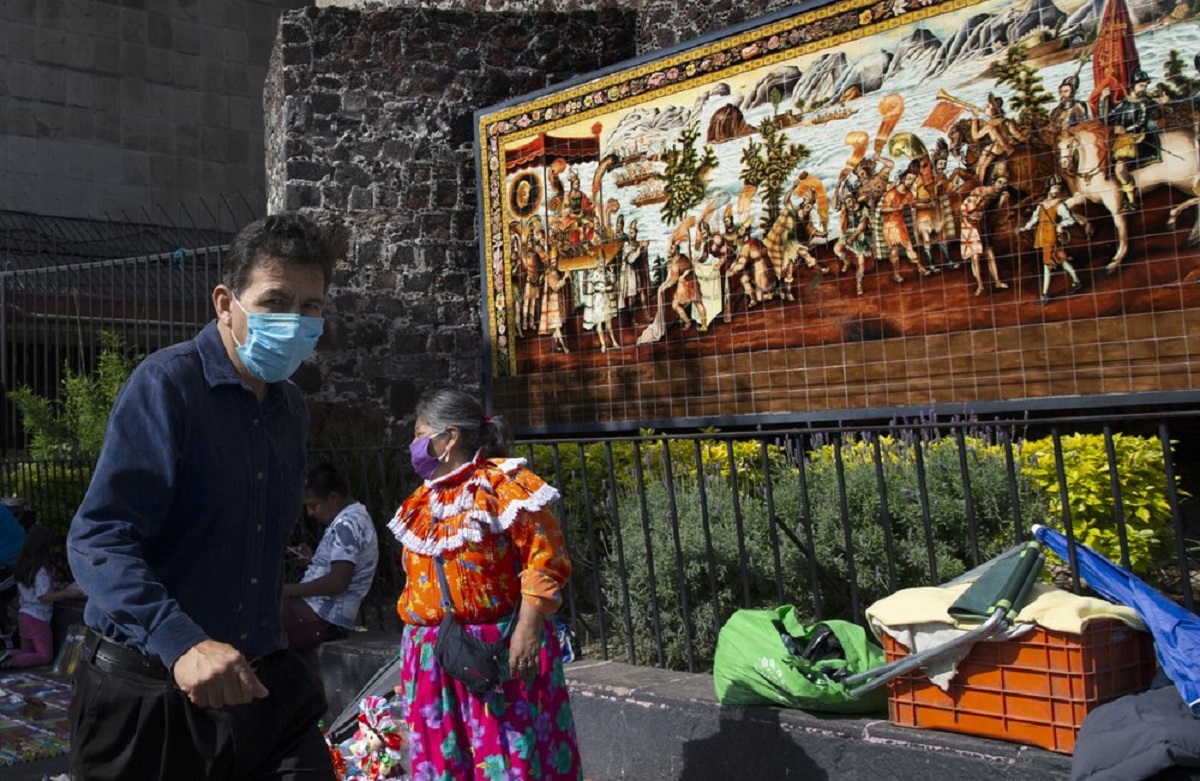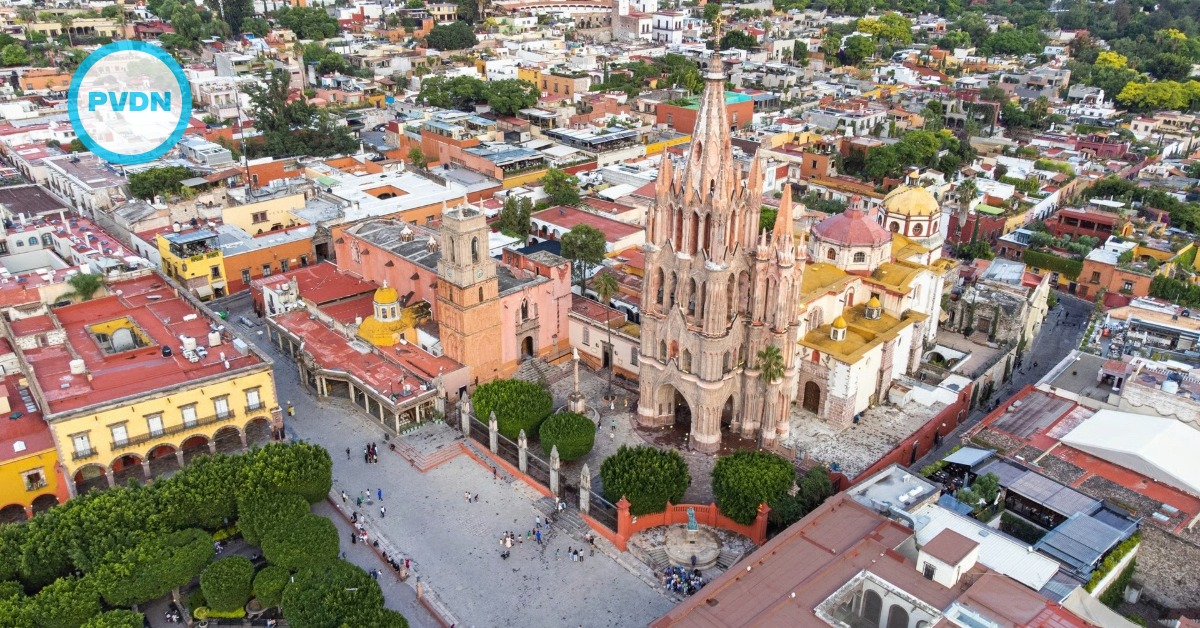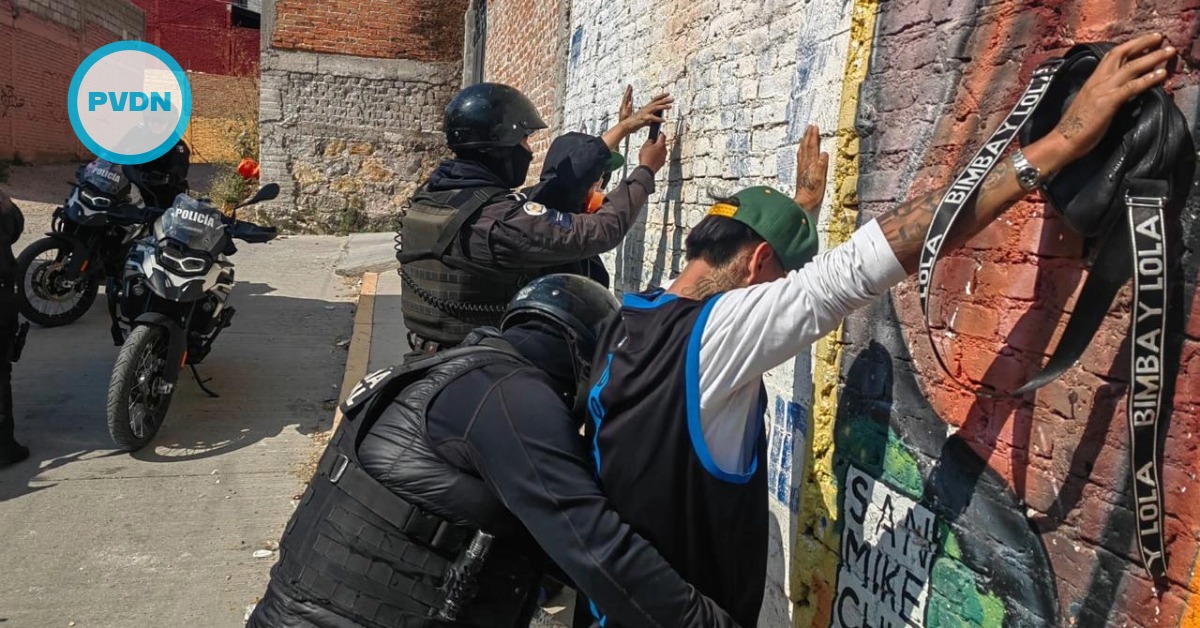There were mass cremations of bodies; entire families died and the inhabitants of the city, afraid to pull their bodies out, simply collapsed their homes on top of them to bury them on the spot.
The scene, beyond even the current coronavirus pandemic, was a scourge brought 500 years ago by Spanish conquistadores and their servants that exploded in Mexico City in September 1520.
Smallpox and other newly introduced diseases went on to kill tens of millions of Indigenous people in the Americas who had no resistance to the European illnesses. The viruses later spread . . .






